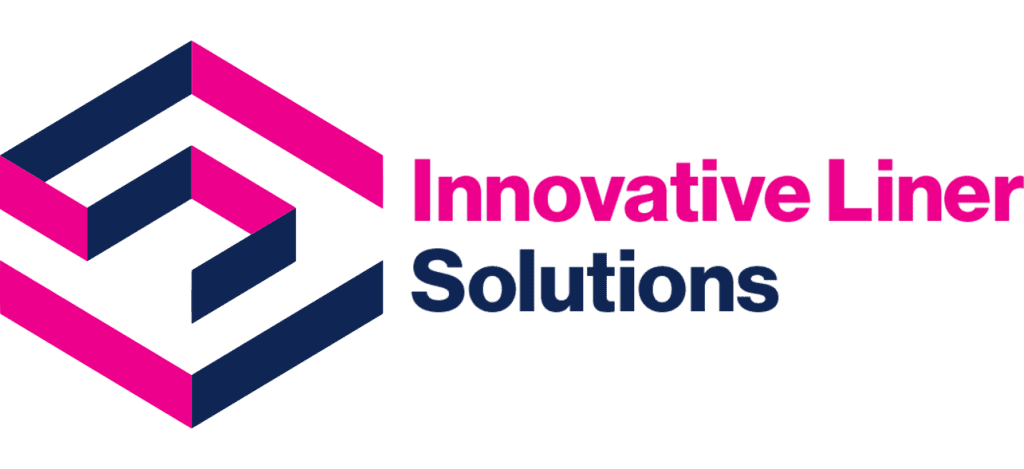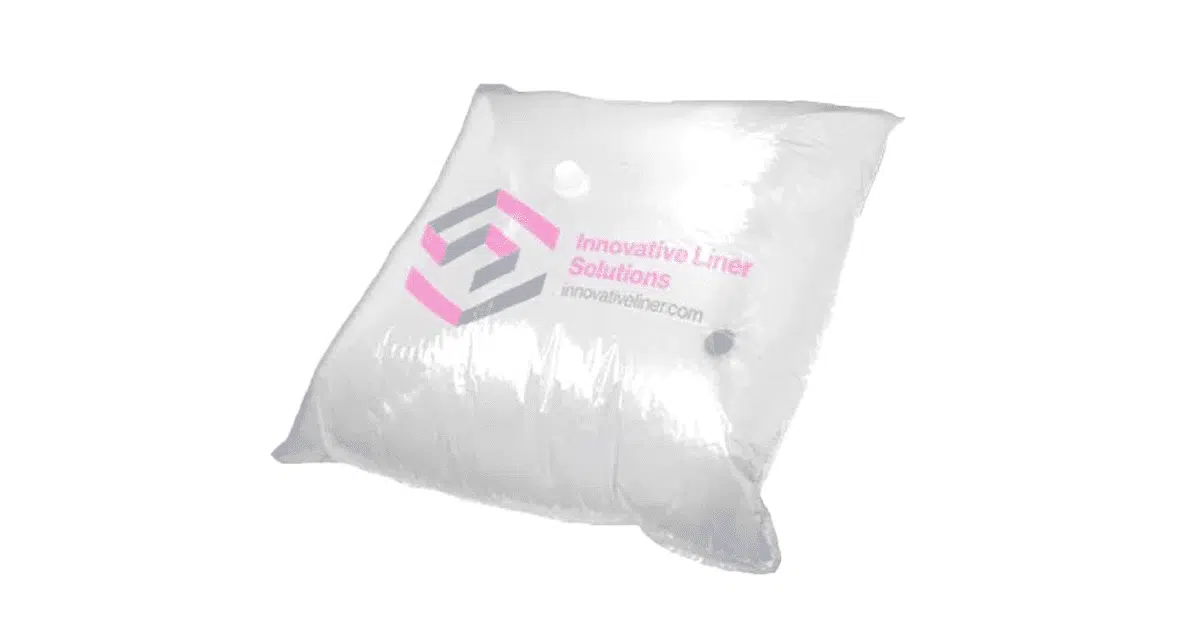In the food and beverage industry, maintaining product safety and hygiene is essential during every stage of processing and transport. When it comes to bulk liquid packaging, Intermediate Bulk Containers (IBCs) are one of the most popular solutions due to their efficiency and versatility. However, an important question often arises: should food-grade IBC liners be reused or used only once?
The short answer depends on the product being transported, the liner material, and food safety requirements. For most IBC Packaging for Food and IBC Packaging for Beverage applications, liners are designed for single-use to ensure maximum cleanliness and compliance. Understanding when and why to use single-use liners versus reusable options helps manufacturers protect product integrity and meet regulatory standards.
The Purpose of IBC Liners in Food Packaging
Food & beverage bulk container liners act as an interior barrier between the liquid and the container, ensuring that food and beverage products never come into direct contact with the IBC itself. This prevents contamination, cross-contact with other products, and potential chemical interactions that could compromise safety or taste.
Liners also simplify cleaning and maintenance. Instead of washing containers between shipments, manufacturers can replace the liner and immediately prepare the IBC for its next use. This makes them ideal for large-scale operations that prioritize efficiency and hygiene.
Innovative Liner Solutions develops liquid food packaging solutions that support these goals, offering a range of liner types engineered for food safety, durability, and environmental responsibility.
Single-Use IBC Liners: The Standard for Food Safety
For most food and beverage applications, single-use liners are considered the safest and most practical option. These liners are made from high-quality, food-contact-approved materials such as polyethylene or polypropylene. They are manufactured in sterile environments to ensure compliance with FDA-Compliant Bulk Liquid Packaging standards.
Key Benefits of Single-Use Liners
-
Hygiene Assurance
Each single-use liner provides a clean, sterile surface for every batch. This eliminates the risk of bacterial growth or residue contamination that can occur with reused liners. -
Regulatory Compliance
Food safety agencies require that packaging materials used for direct contact with food be free from contamination and fully traceable. Disposable liners meet these requirements by ensuring that each shipment starts with a new, certified liner. -
Operational Efficiency
Single-use liners eliminate the need for washing or sterilizing containers, reducing water and labor costs while minimizing downtime between batches. -
Cross-Contamination Prevention
Reusing liners can pose risks if any residues or microorganisms remain from previous loads. Single-use liners remove that possibility entirely, ensuring that sensitive products such as dairy, juices, or edible oils remain pure.
Common Uses of Single-Use Liners
Single-use liners are typically used for products that require the highest level of sanitation or are difficult to clean out completely. Applications include:
-
Dairy ingredients: IBC liners for dairy products protect milk, whey, or cream concentrates from microbial growth.
-
Beverage products: IBC Liners for Juice & Concentrates keep products fresh and prevent oxidation.
-
Edible oils: Bulk edible oil container liners help preserve flavor and reduce waste by preventing oxidation and residue buildup.
Reusable IBC Liners: When They Make Sense
While single-use liners dominate the food industry, some operations benefit from reusable liner systems. These liners are typically made from more durable materials and designed to withstand multiple cleanings and refills. Reusable liners can be appropriate for certain non-sensitive liquids or applications where environmental goals prioritize reduced waste.
However, when using reusable liners, it’s critical that cleaning and sterilization procedures meet strict food safety standards. Even minimal residue can lead to spoilage, bacterial growth, or compliance issues. For that reason, reusable liners are more common in non-food industries, while food and beverage manufacturers rely primarily on disposable liners for guaranteed sanitation.
Factors That Determine Liner Reuse or Replacement
Several factors influence whether a liner should be reused or replaced:
-
Product Type
Liquids with strong odors, high fat content, or high sugar levels are more likely to cause residue buildup, making single-use liners the safer choice. -
Temperature Exposure
Products transported at variable or elevated temperatures can cause liner material fatigue. Replacing the liner ensures consistent performance. -
Regulatory Requirements
Compliance with food contact safety standards typically favors single-use liners, especially for export shipments or highly regulated ingredients. -
Operational Priorities
Facilities seeking to reduce turnaround times benefit from disposable liners since they eliminate the cleaning process and reduce handling risks.
For most food manufacturers, the minimal environmental and financial cost of single-use liners is outweighed by the substantial benefits of safety, consistency, and compliance.
Supporting Safe and Hygienic Transport
Whether transporting milk, edible oils, fruit concentrates, or syrups, packaging must ensure that the product arrives at its destination in perfect condition. That’s why liners are central to Safe And Hygienic Bulk Liquid Transport For Food Industry. By eliminating exposure to external contaminants and reducing manual cleaning, liners help streamline logistics while meeting international food safety standards.
To learn more about maintaining product safety and packaging efficiency, visit Safe And Hygienic Bulk Liquid Transport For Food Industry.
Sustainability Considerations
While single-use liners are designed for convenience and safety, sustainability remains an important factor in packaging decisions. Many liners today are recyclable or produced using environmentally responsible materials.
Innovative Liner Solutions continually improves material formulations to balance performance with environmental stewardship. Recyclable single-use liners provide an efficient and eco-friendly solution, reducing water and chemical use associated with traditional cleaning processes.
Applications Across the Food and Beverage Market
IBC Packaging for Beverage and IBC Packaging for Food solutions are used across a wide range of industries, including:
-
Dairy and milk processing
-
Juice and concentrate production
-
Edible oil and syrup distribution
-
Food ingredients such as sauces and flavorings
Each application benefits from food contact safe IBC liners that ensure sanitary transport and compliance with FDA and international food-grade packaging regulations.
For more insight into choosing the right packaging system for your application, explore the Complete Guide To Food & Beverage IBC Packaging Solutions. This resource covers materials, designs, and best practices for safe, efficient, and sustainable bulk liquid transport.
Partner With Innovative Liner Solutions
Innovative Liner Solutions is a trusted partner in providing high-quality, FDA-Compliant Bulk Liquid Packaging for the food and beverage industry. Their liners are engineered for performance, hygiene, and reliability, ensuring safe handling from production to delivery.
Whether you need single-use liners for high-purity food applications or sustainable solutions for long-term operations, Innovative Liner Solutions delivers proven products designed to meet your needs.
To learn more about the best liner options for your food packaging systems, call (815) 963-9525.


